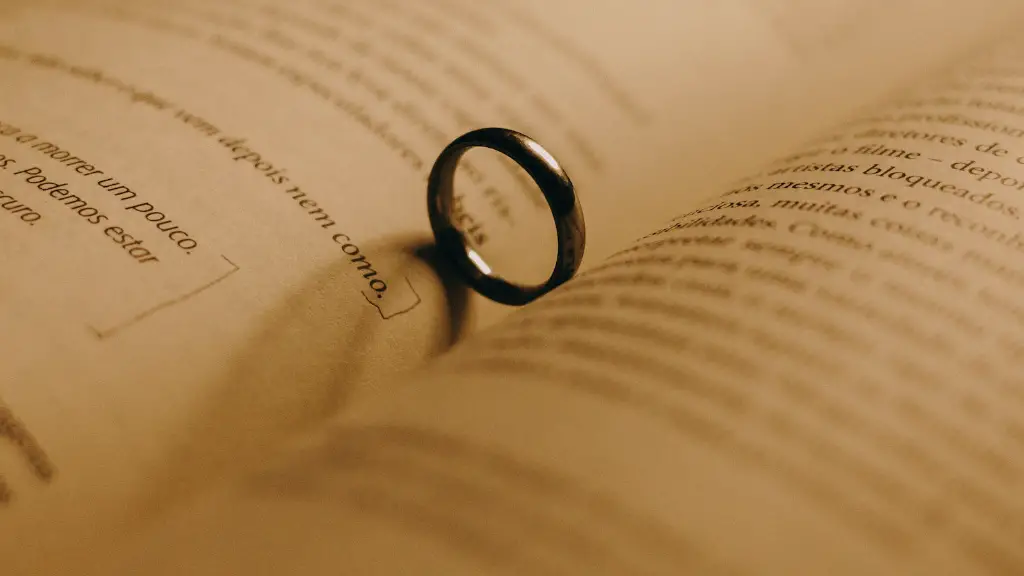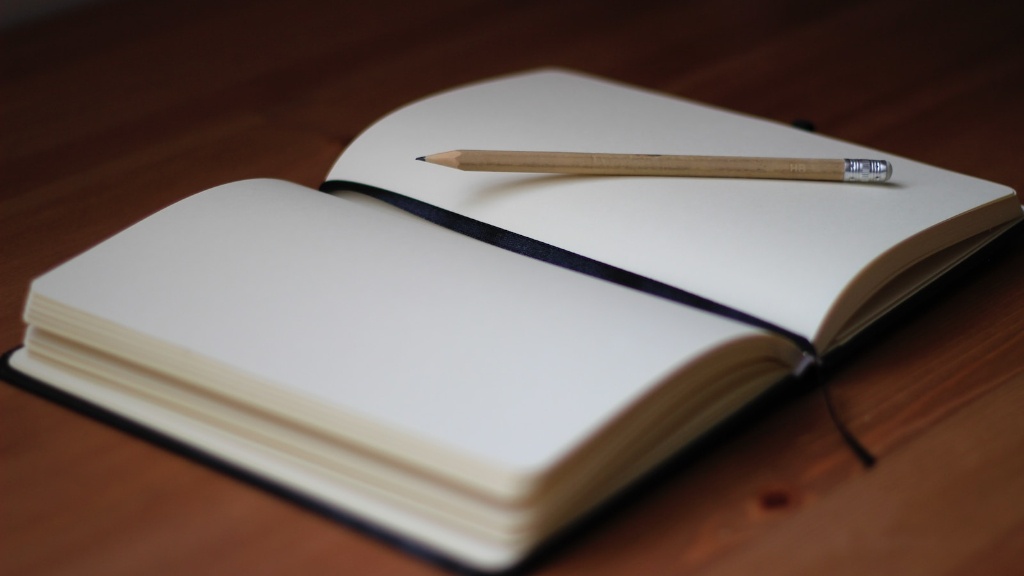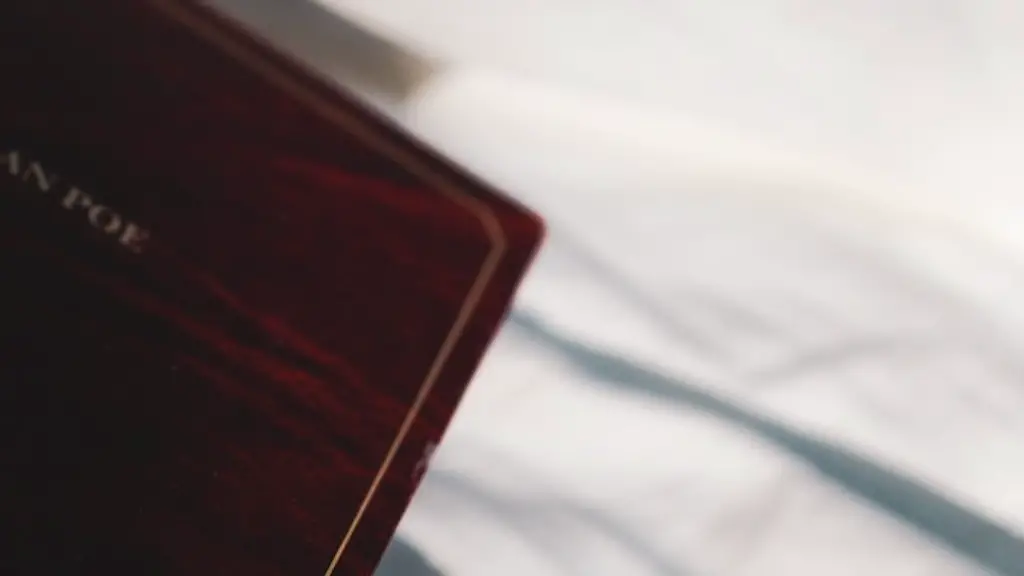William Blake was a poet, painter, and engraver who was born in London in 1757. He is considered to be a central figure of the Romantic Movement. Blake saw the world in his own unique way and this is reflected in his poetry and art. For Blake, children were a symbol of hope and innocence. He saw them as being closer to God than adults and he believed that they had the potential to change the world.
William Blake saw children as being naive and innocent. He felt that they were closer to God than adults because they had not been tainted by the world.
How does William Blake portray childhood?
William Blake’s poetry often portrays childhood as a time of innocence. This is most clearly seen in his collection of poems called Songs of Innocence and of Experience. In some of his poems, like ‘The Lamb,’ Blake paints a picture of childhood as being a sweet and good time. However, in other poems, like ‘The Chimney Sweeper,’ Blake shows how childhood innocence can be exploited by others.
The poem is a key part of Blake’s design in the Songs of Experience, as it symbolizes the psychological journey from childhood innocence to adult experience. There are strong parallels between the poem and the story of Adam and Eve in the Garden of Eden, in terms of the loss of innocence and the acquisition of knowledge.
What do the children in Songs of Innocence represent according to Blake
In his most famous works, the poet saw Innocence as a state of freedom and happiness, linked to childhood, because children represented the power of imagination. The tone is naïve, childlike and the style clear.
William Blake’s Songs of Innocence and Experience are two collections of poems that explore the theme of childhood from two different perspectives. On the one hand, the Songs of Innocence present a more idealistic view of childhood, while the Songs of Experience offer a more realistic and often dark view of childhood. Both collections challenge many of the ideas and conventions contained in traditional children’s literature, exploring complex themes such as morality and religion.
How did William Blake feel about children?
In his poems, William Blake often highlights the plight of children who are victimized by the adults around them. In “The Chimney Sweeper,” he shows how children are forced into grueling labor at a young age, with little hope of escape. In “Holy Thursday,” he paints a picture of children being used as pawns in a religious ceremony, their innocence and purity exploited for the benefit of the adults. And in “The Little Blake Boy,” he tells the story of a child who is rejected and ridiculed by his peers, simply because he is different. Each of these poems highlights the ways in which children can suffer at the hands of adults, and Blake’s message is clear: society needs to do better by its youngest members.
The poet compares the child to a tender plant. He says that if a tender plant is nipped, it becomes crippled and is unable to grow in a healthy manner. In the same way, a child who is denied his childhood joys, becomes disabled. We learn that children have to be given their childhood freedom to play and enjoy.
How can poetry reflect the experience of a child?
Poetry can help children understand and express their emotions in a healthy way. It can also teach them about the emotions of others, and help them to develop empathy.
According to William Blake, experience can only be gained by losing innocence. He sees them as two contrary states of the human soul, and without contraries there can be no progression. Blake believed that it is through the tension between these two states that we grow and develop.
What did the poet realize about adults childhood
The poet realised that the adults around him were all hypocrites who behaved differently from the way they talked. They were all double-standard people who preached one thing but did the opposite. This made the poet feel grown up and wiser.
It’s so true that children bring joy into our lives and help relieve us from stress and tension. They’re simply free from the complicated, scheming ways of adults and their innocent, happy smiles are worth more than all the wisdom in the world.
What is the message of the poem on children’s?
The Prophet is a book of 26 prose poems or fables written by Kahlil Gibran. It was first published in 1923 and has become one of the bestselling books of all time. The book is divided into five sections, each containing six chapters or poems.
The third poem in the book is On Children. In this poem, Gibran instructs parents to view their children not as their own, but rather as part of God or the divine. Parents should not put limits on their children’s souls by imposing their own thoughts on them.
This poem is a beautiful reminder for parents to cherish and nurture their children’s uniqueness, and to allow them to grow and develop into their own individuals.
The ‘child’ on the cloud is a symbol of the angels of God. The lamb also refers to God, alluding to the innocence and the sacrifice made by Jesus Christ on the cross.
What did William Blake think of slavery
William Blake was an English poet, painter, and printmaker. Largely unrecognized during his lifetime, Blake is now considered a seminal figure in the history of both the poetry and visual arts of the Romantic Age. He also created several memorable and specific anti-slavery and pro-abolition images and poems, including The Little Black Boy which was written in 1788 just a year after The Committee for the Effecting of the Abolition of the Slave Trade was founded.
William Blake was an English poet, painter, and printmaker. Largely unrecognized during his lifetime, Blake is now considered a seminal figure in the history of both the Romantic movement and of English poetry. In fact, he has been said to be “a key early proponent of both Romanticism and Nationalism.” A committed Christian who was hostile to the Church of England (indeed, to almost all forms of organised religion), Blake was influenced by the ideals and ambitions of the French and American revolutions.
What does William Blake think about school?
I agree with William Blake that school can sometimes be like a cage that stifles a child’s enthusiasm for learning. I think it’s important for children to have time to explore and discover things on their own, without adults always telling them what to do.
The boy in this poem feels that it is unjust that he has to work as a child. He feels that his work is a deadly task, and that it is a result of the ill-treatment of children.
What does Blake have to say about innocence
For Blake, childhood is a state of innocence and freedom that is lost as we age into adulthood. The Songs of Innocence poems are childlike, filled with nursery rhymes and little meaning.
Blake took an active role in exposing the corruption taking place in his society. Prime targets of his criticisms were the institutions that remained silent in the faces of injustice. Blake stood against the institutions that allowed human oppression.
Warp Up
In his poem “The Chimney Sweeper,” Blake paints a grim picture of children who are forced to work in coal mines. He sees them as innocent victims of a system that exploits them and robs them of their childhood.
William Blake saw children as the embodiment of hope and innocence. He believed that they represented the future and held the promise of a better world.





